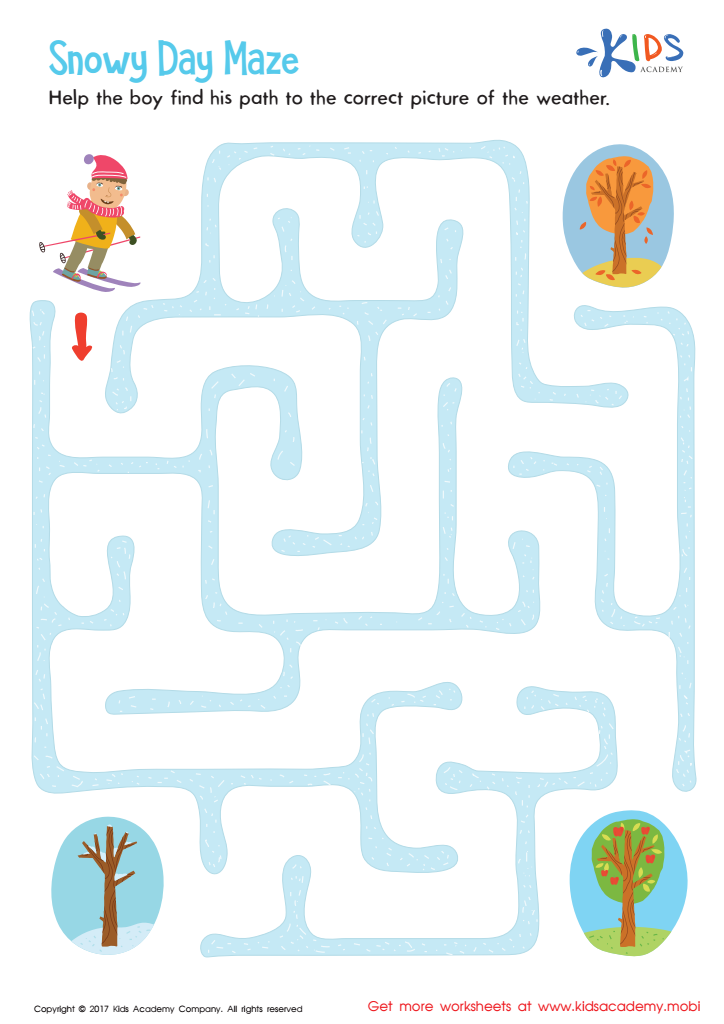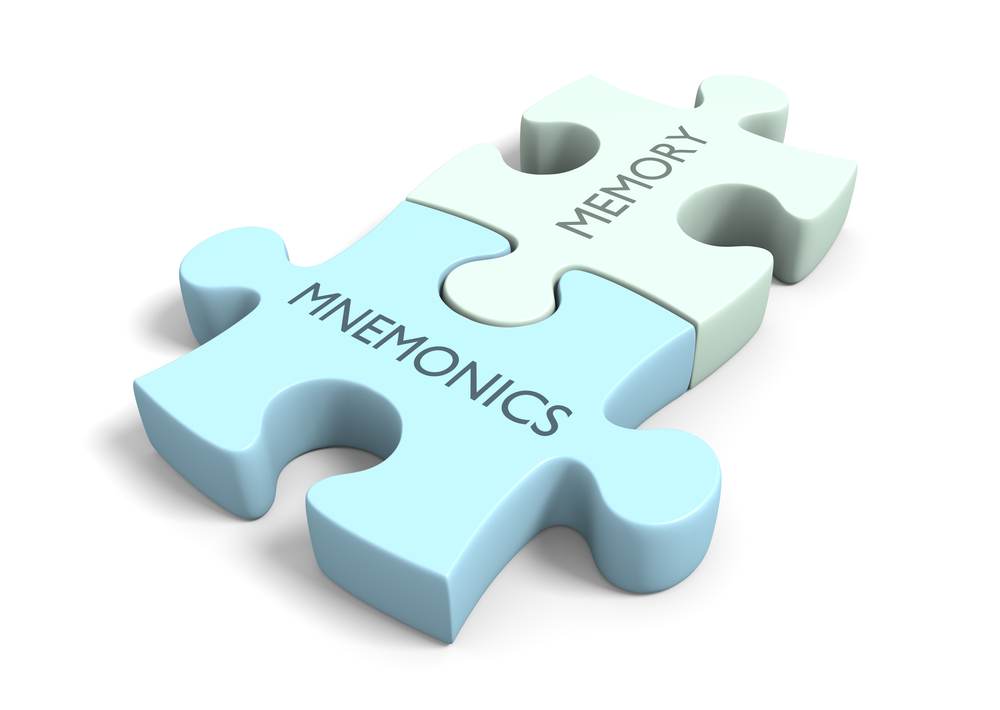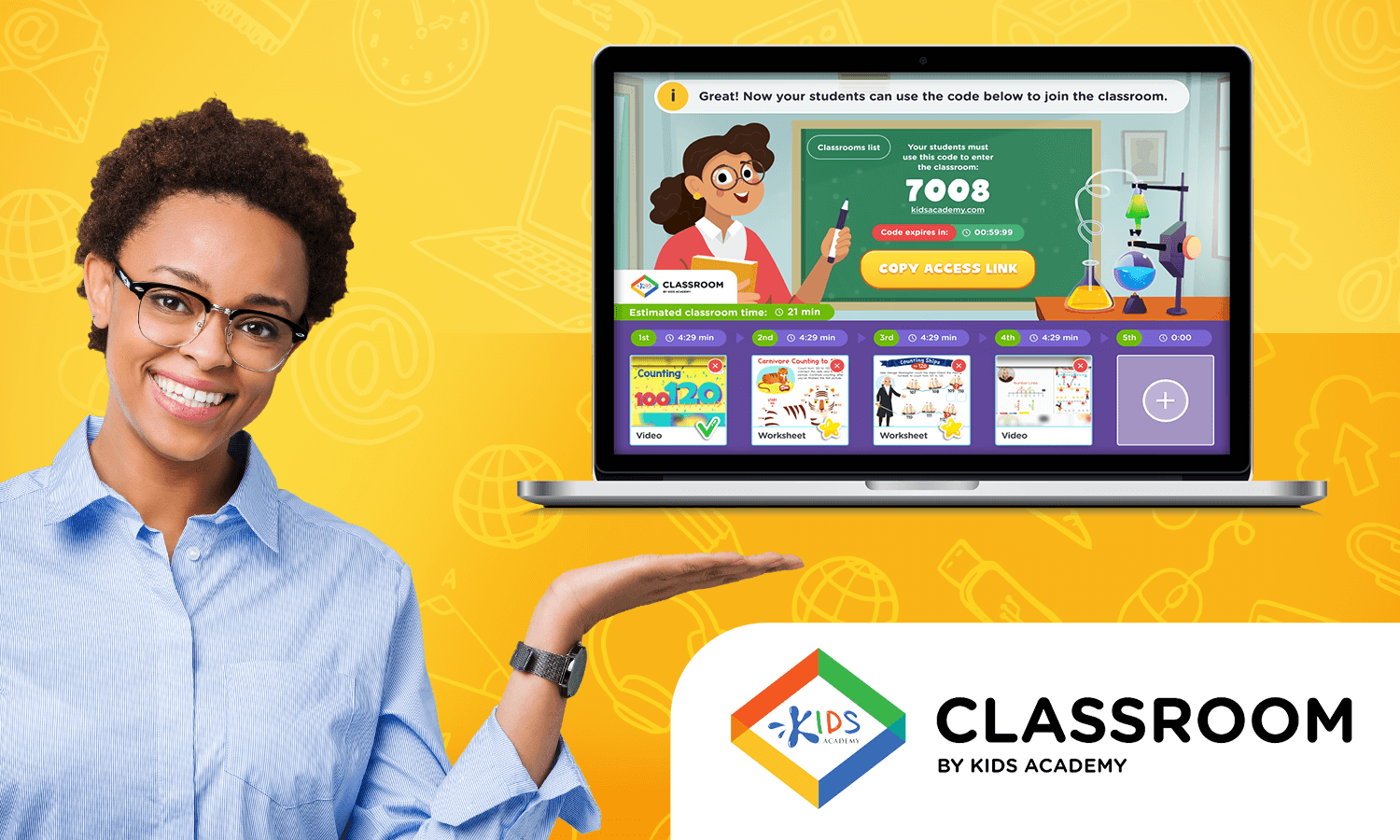Mazes worksheets activities for 3-Year-Olds
20 filtered results
-
From - To
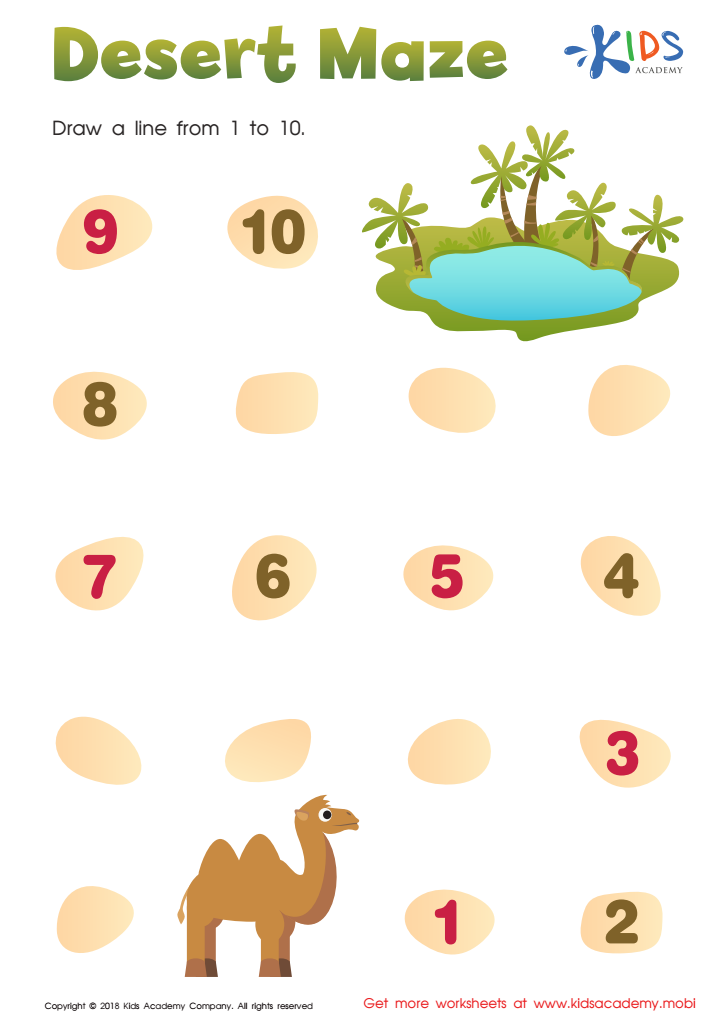

Desert Maze Worksheet
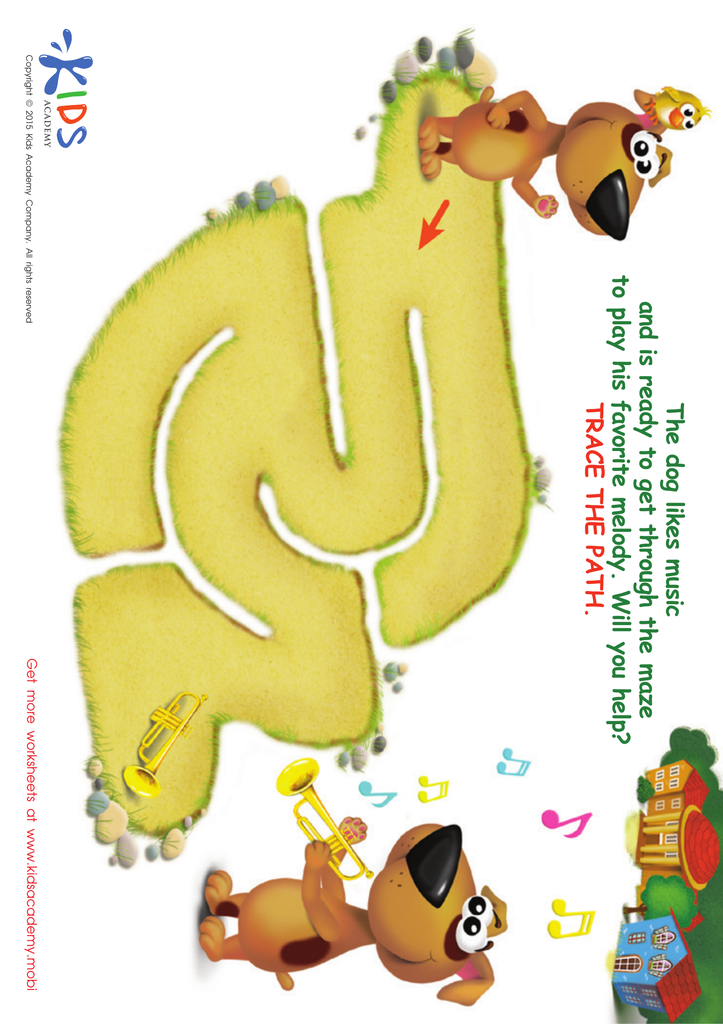

Trumpeter Maze Worksheet
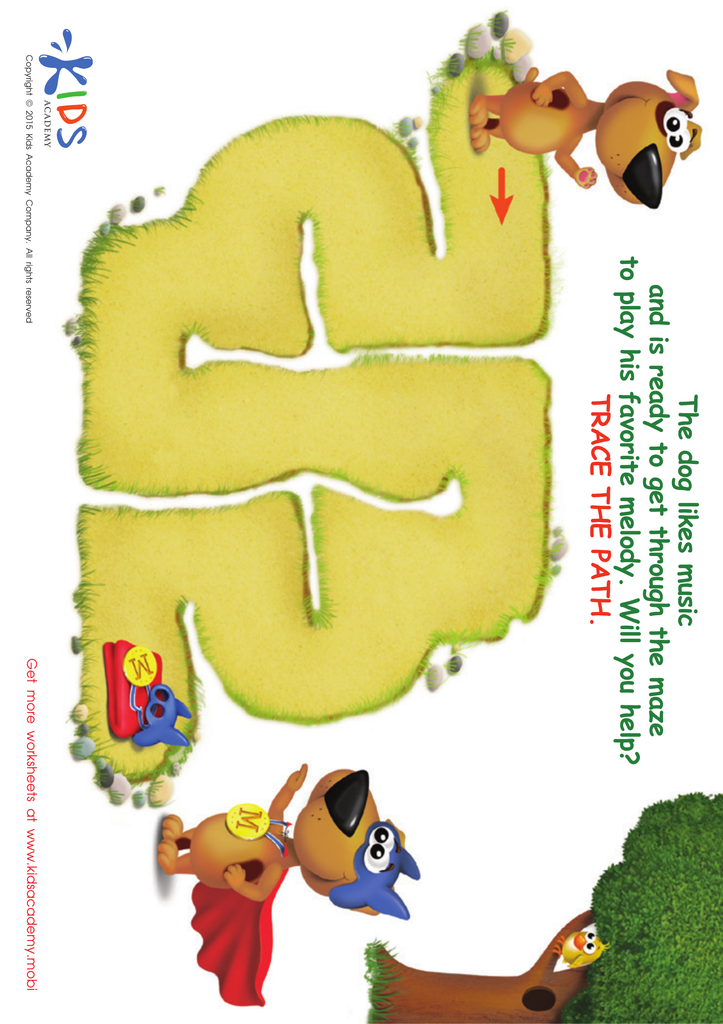

Superman Maze Worksheet
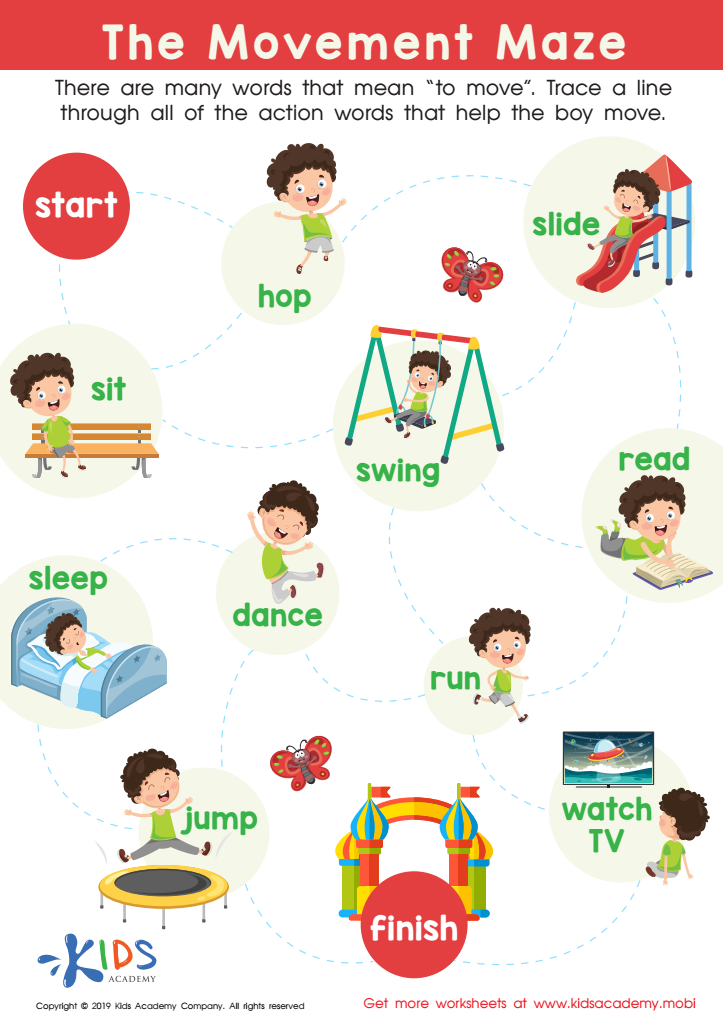

The Movement Maze Worksheet
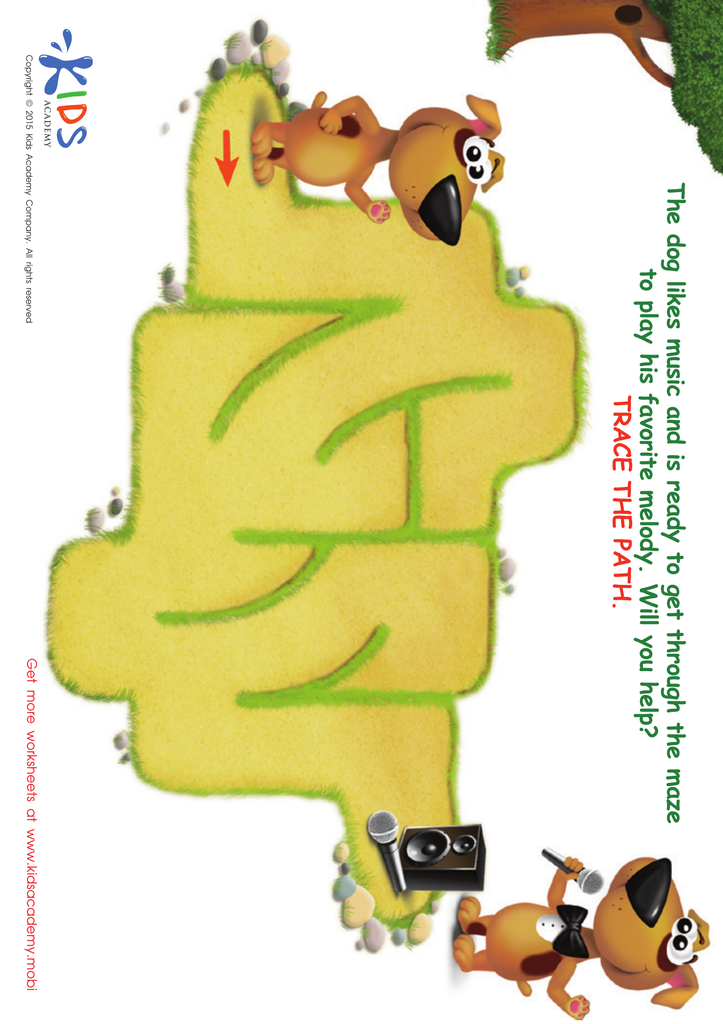

Singer Maze Worksheet
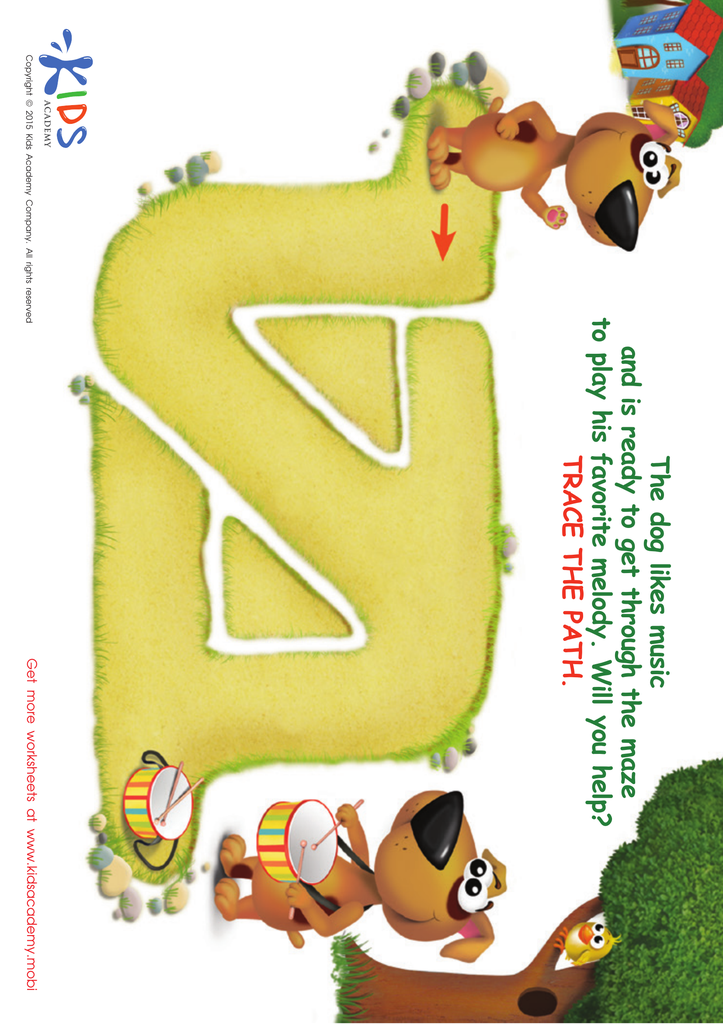

Drummer Maze Worksheet
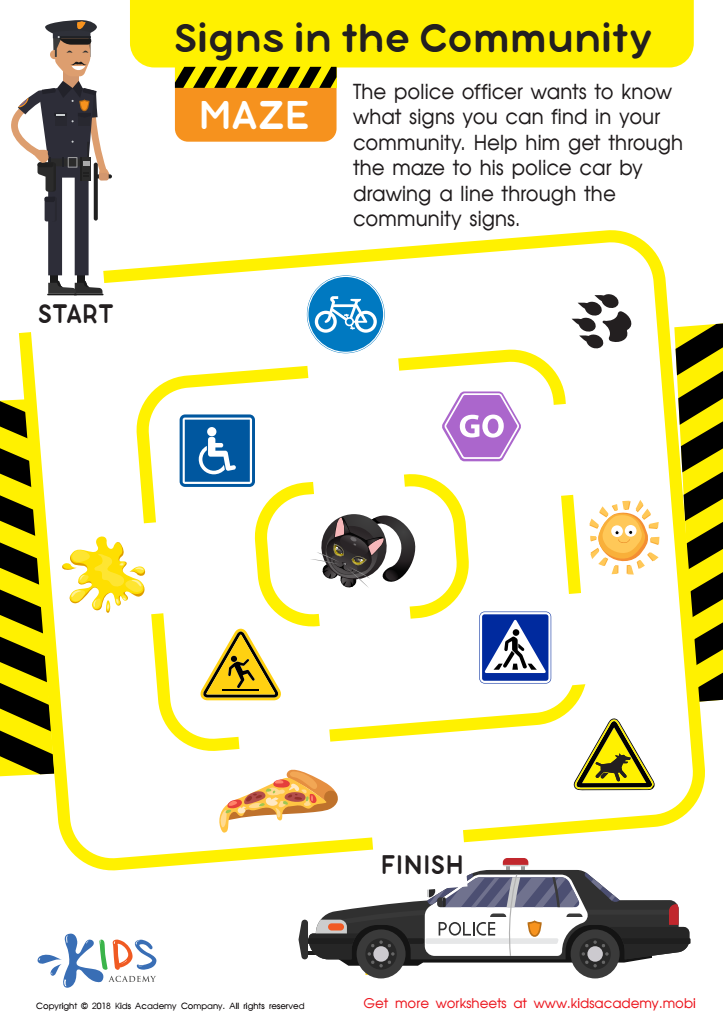

Signs in the Community: Maze Worksheet
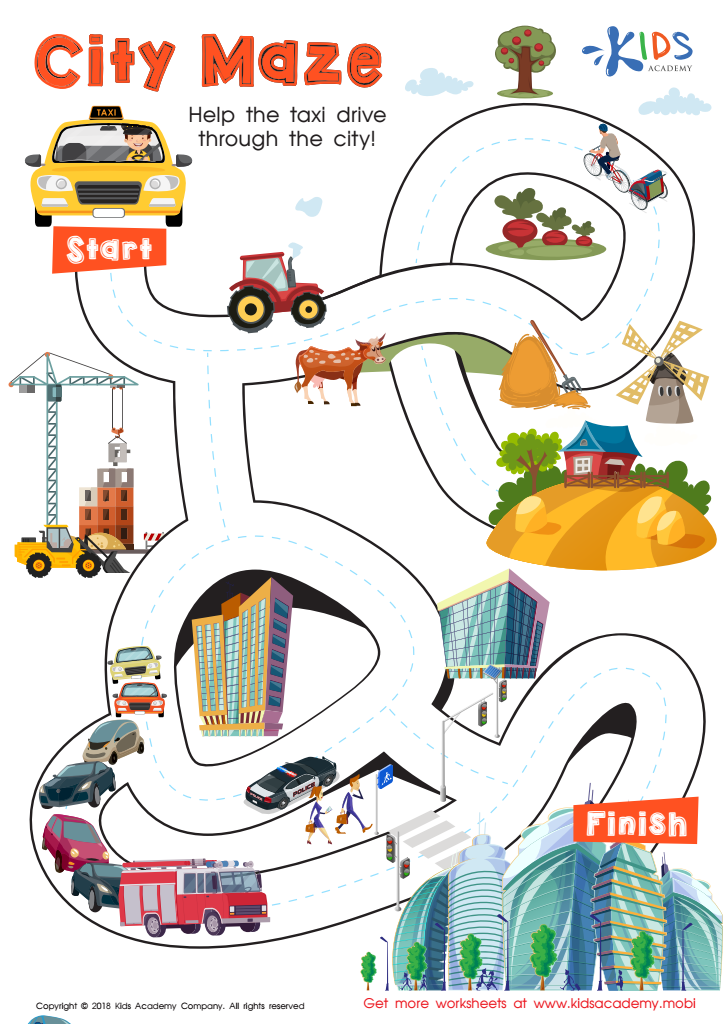

City Maze Worksheet
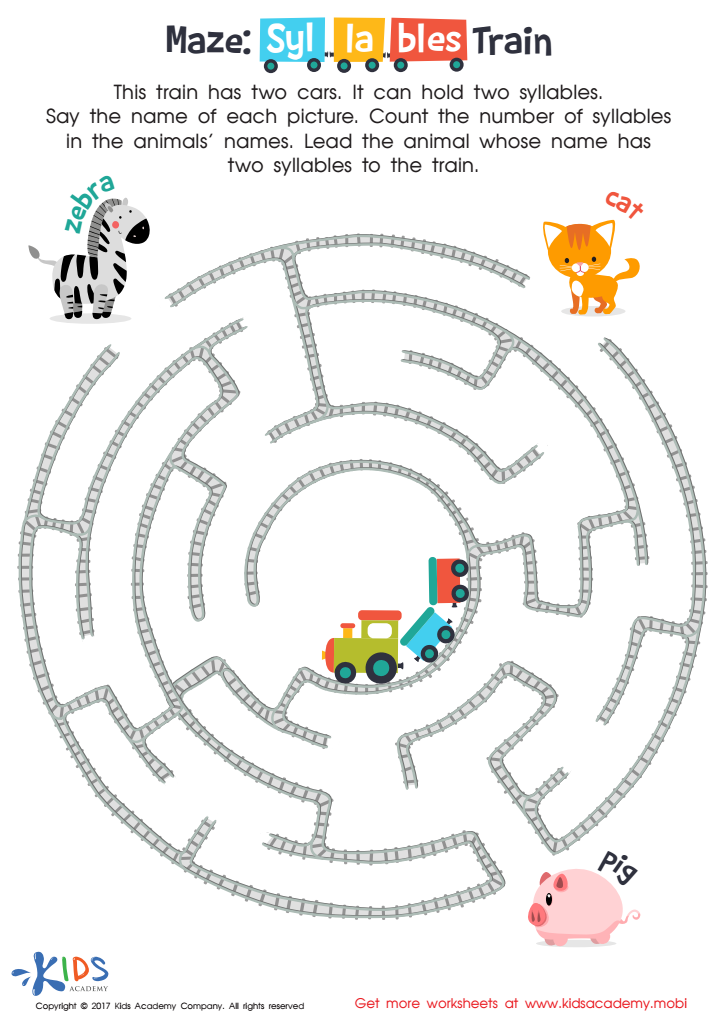

Maze Syllables Word Structure Worksheet
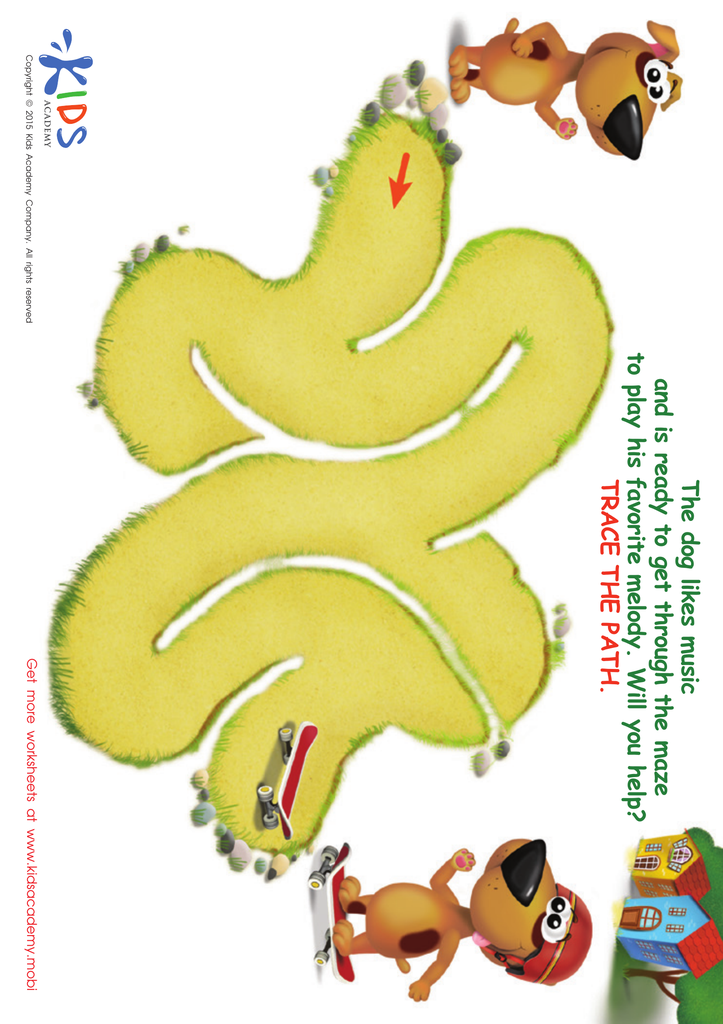

Skater Maze Worksheet
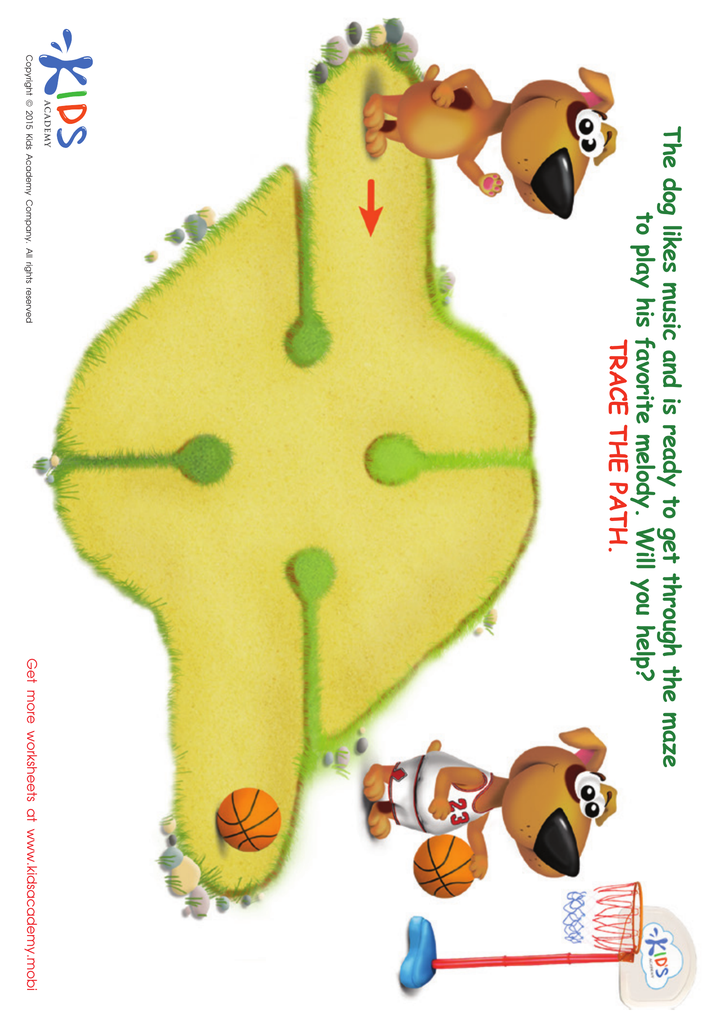

Basketball Player Maze Worksheet
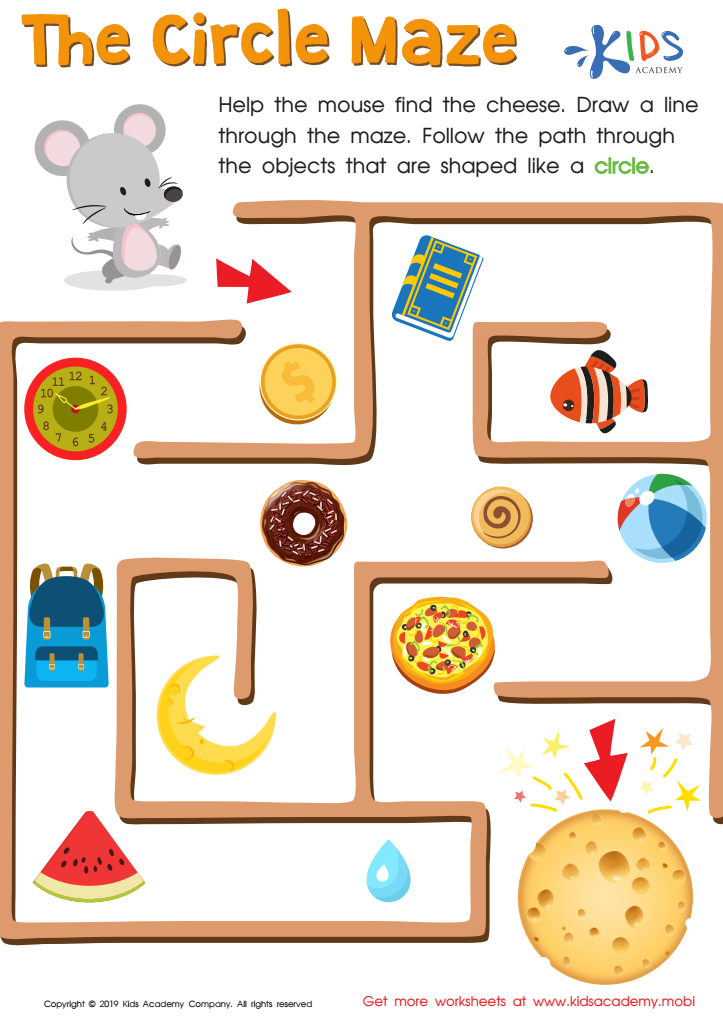

The Circle Maze Worksheet
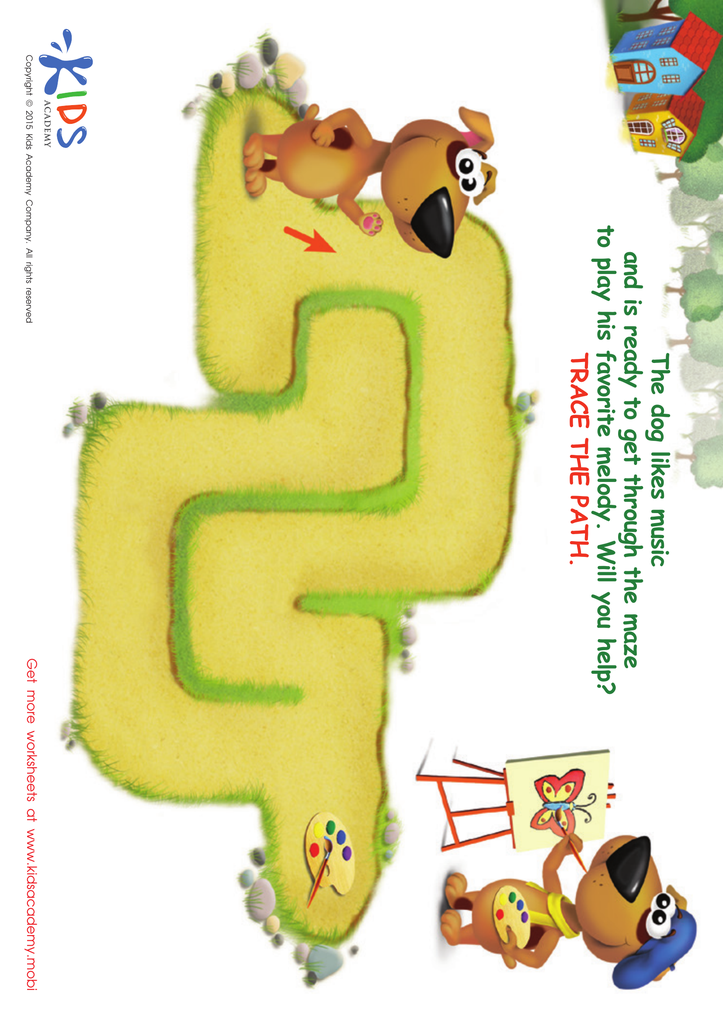

Artist Maze Worksheet
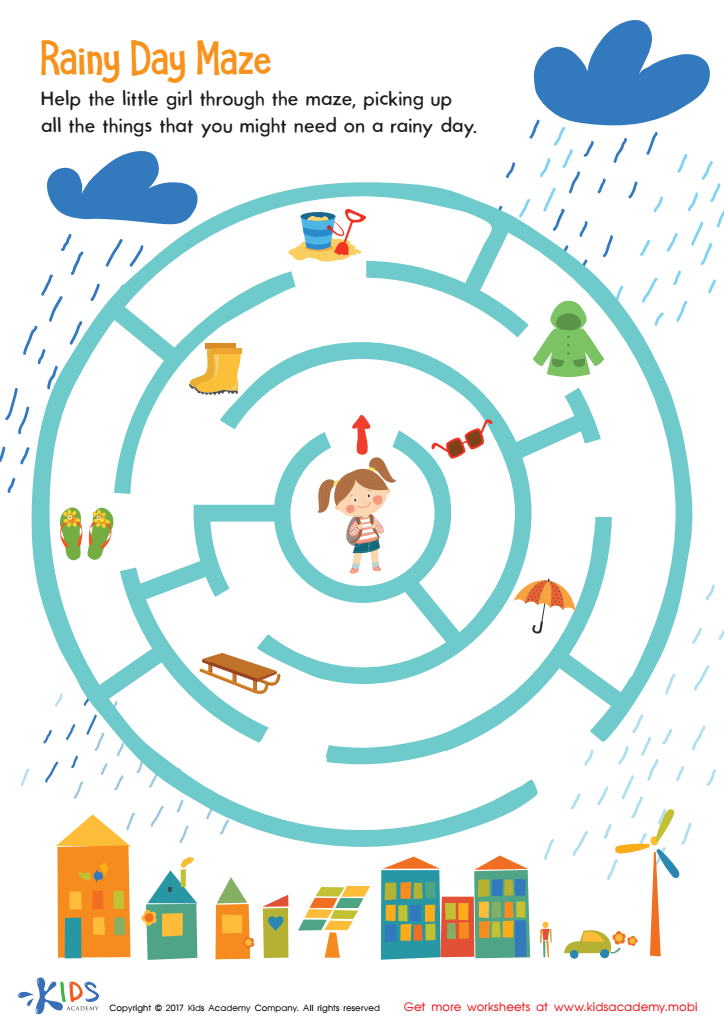

Rainy Day Maze Worksheet
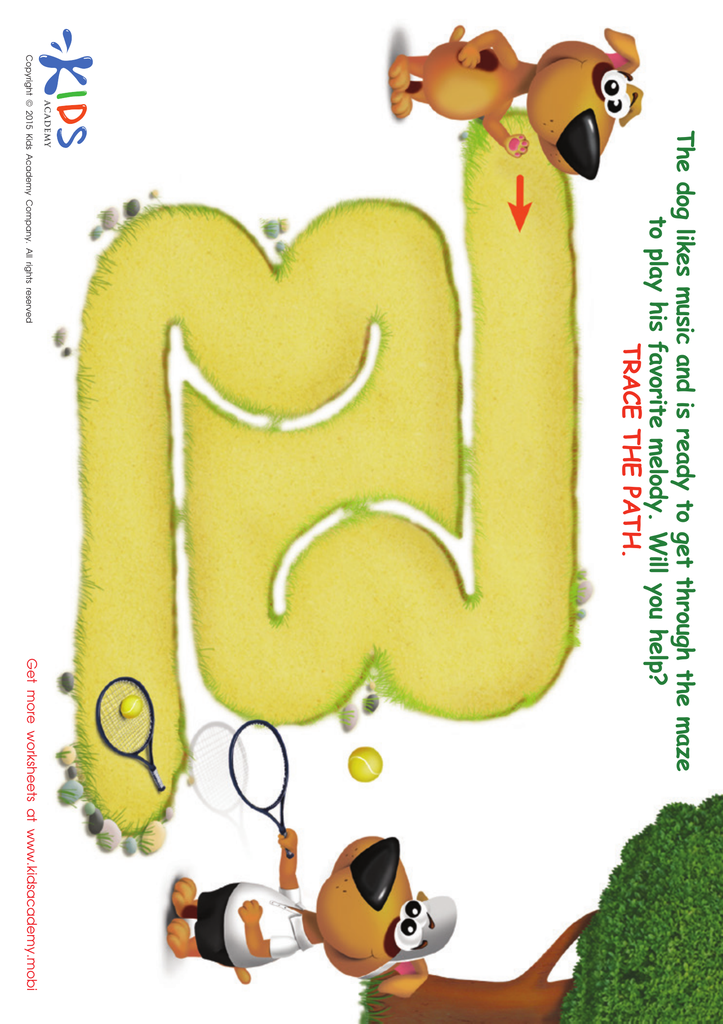

Tennis Player Maze Worksheet
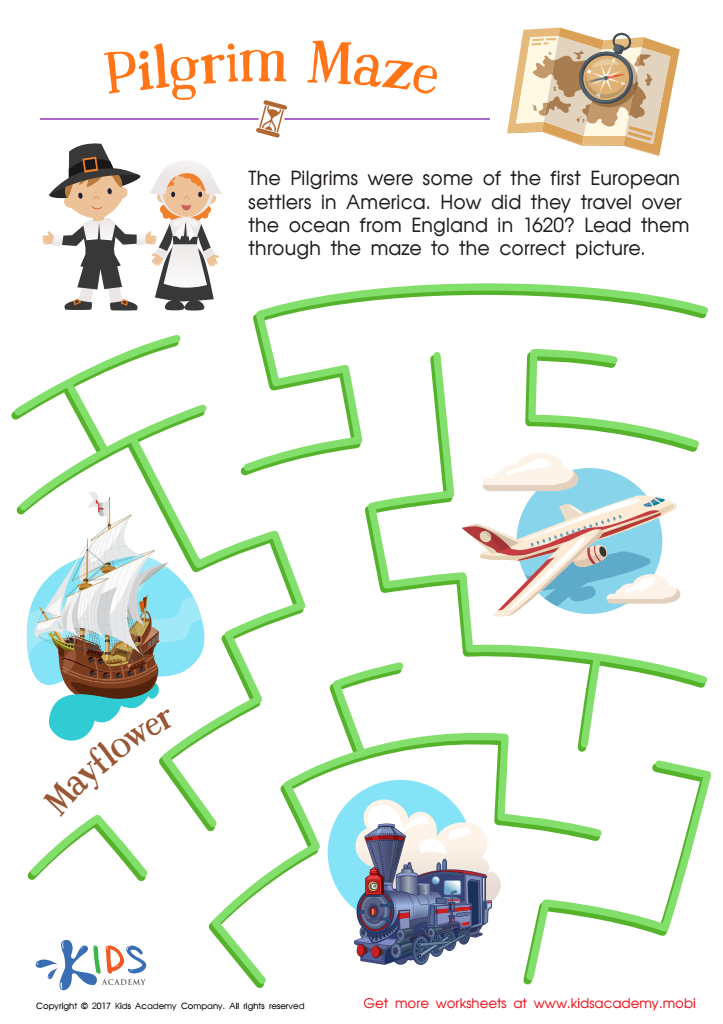

Pilgrim Maze Worksheet
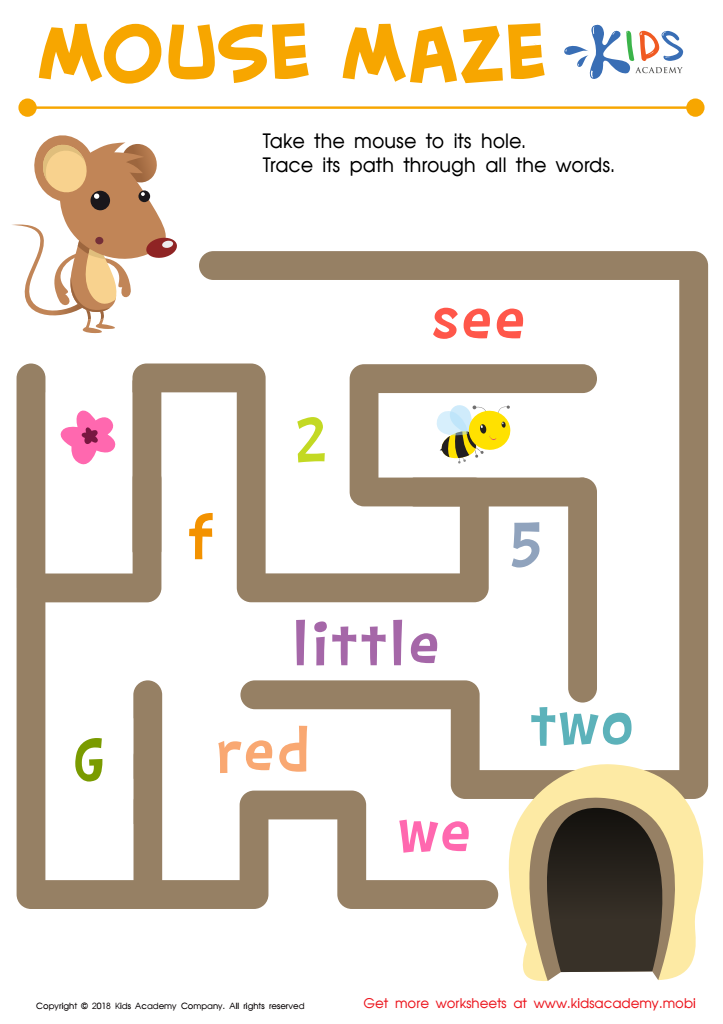

Find Words Mouse Maze Worksheet
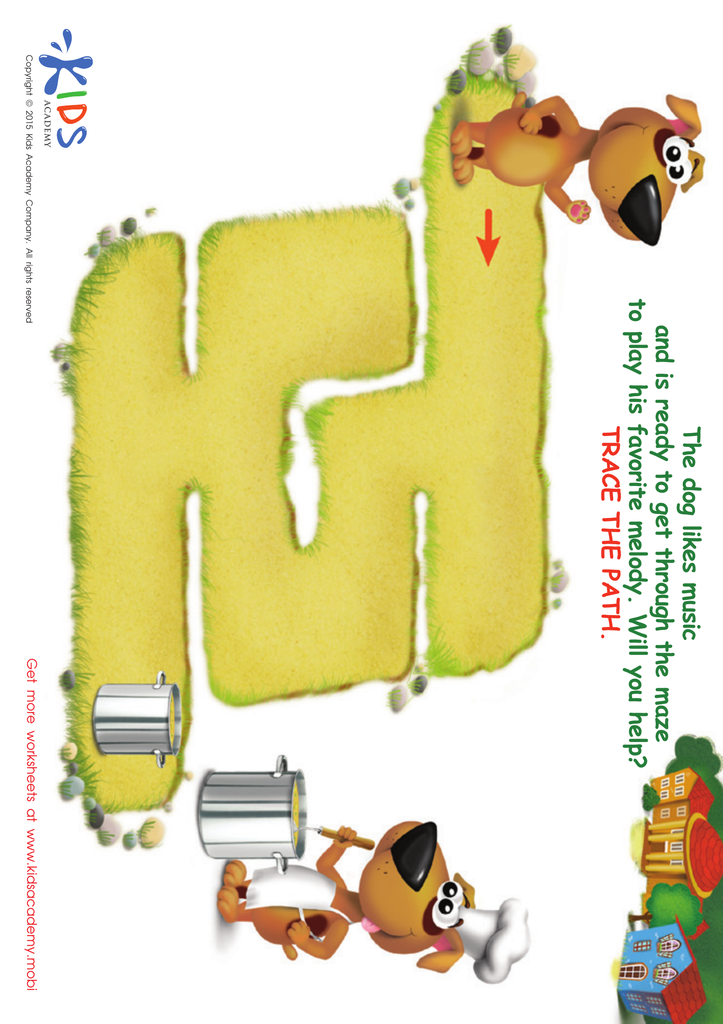

Cook Maze Worksheet
Mazes worksheets activities are a hidden gem in the educational toolkit, offering a plethora of benefits that extend far beyond simple entertainment. These intricate puzzles are not only captivating but also serve as a powerful tool for cognitive development, making them a valuable asset in both classroom settings and home learning environments.
First and foremost, Mazes worksheets activities are excellent for enhancing problem-solving skills. As children navigate through the twists and turns of a maze, they are compelled to think ahead, consider various pathways, and make decisions based on logical reasoning. This process mirrors real-life problem-solving situations, preparing young minds to tackle challenges with confidence and creativity.
Moreover, these activities contribute significantly to the development of fine motor skills. The precise movements required to guide a pencil through a maze without crossing the boundaries demand control, coordination, and dexterity. This practice is particularly beneficial for young children, laying a solid foundation for handwriting and other fine motor tasks.
Spatial awareness is another critical skill that is sharpened through engaging with Mazes worksheets activities. Participants must visualize the maze from different perspectives to determine the most efficient route to the end. This ability to interpret and navigate space is crucial in many aspects of life, from sports and driving to understanding maps and geometry.
In addition to these cognitive benefits, Mazes worksheets activities are also a stress-relieving escape that can boost mental well-being. The focus required to complete a maze can serve as a form of mindfulness, allowing individuals to detach from external worries and immerse themselves in the task at hand. This can lead to a sense of accomplishment and increased self-esteem upon successfully solving the maze.
In conclusion, Mazes worksheets activities are not merely a pastime but a multifaceted educational tool that fosters problem-solving skills, fine motor development, spatial awareness, and mental well-being. Their versatility and appeal make them an indispensable resource for learners of all ages.

 Assign to My Students
Assign to My Students

